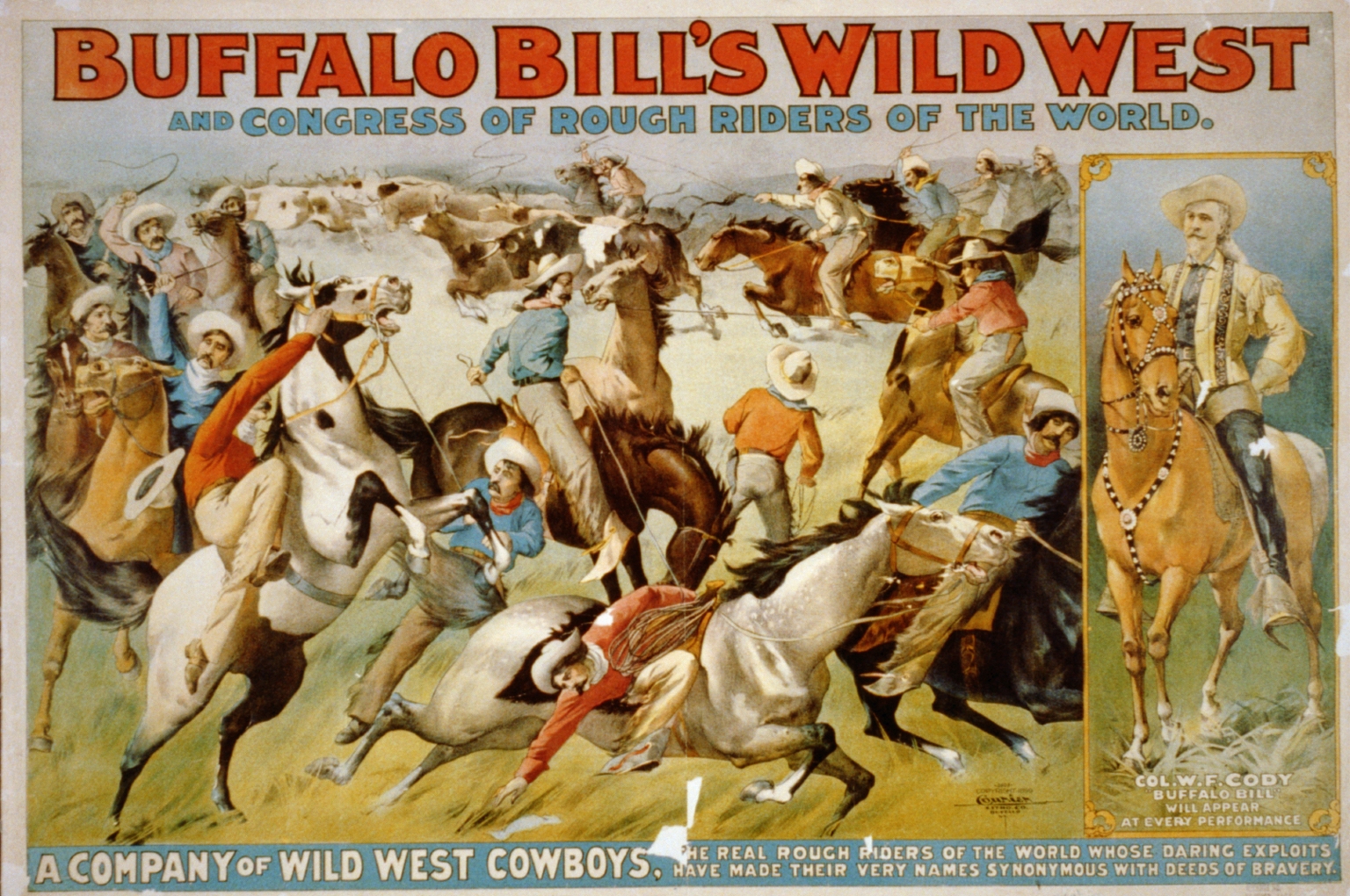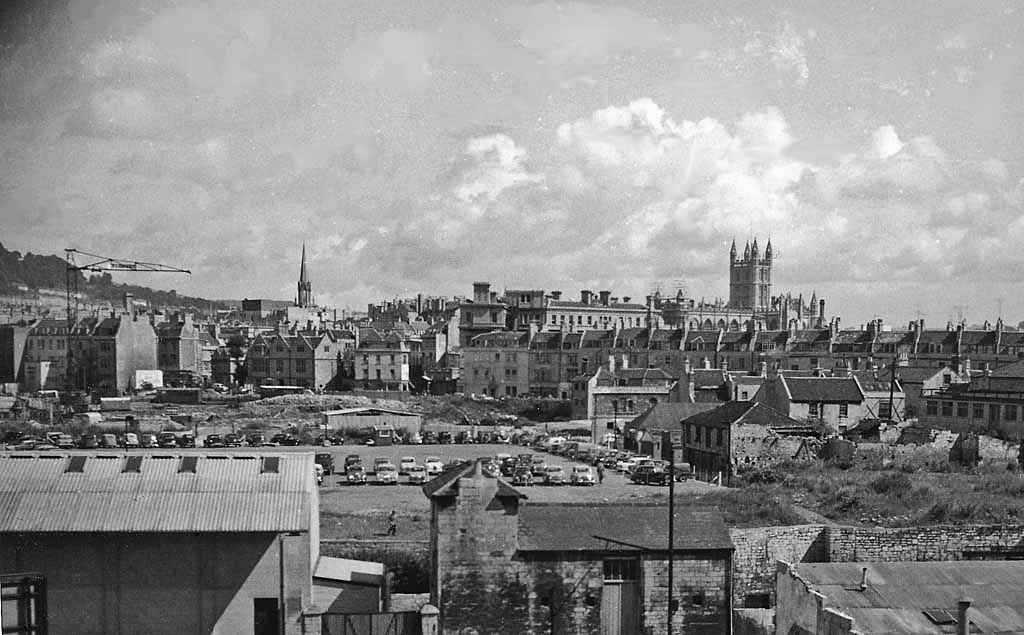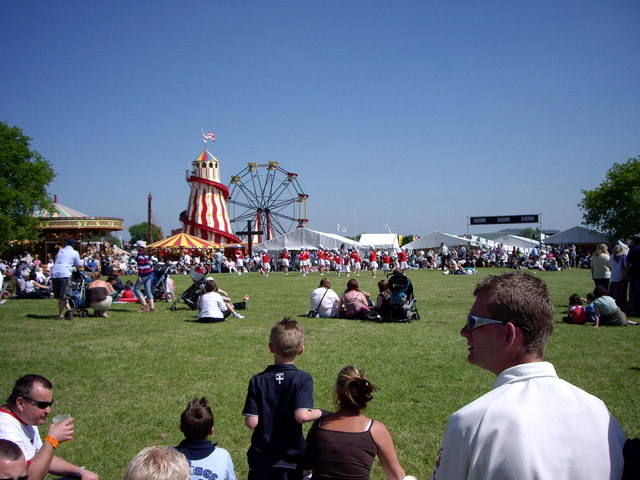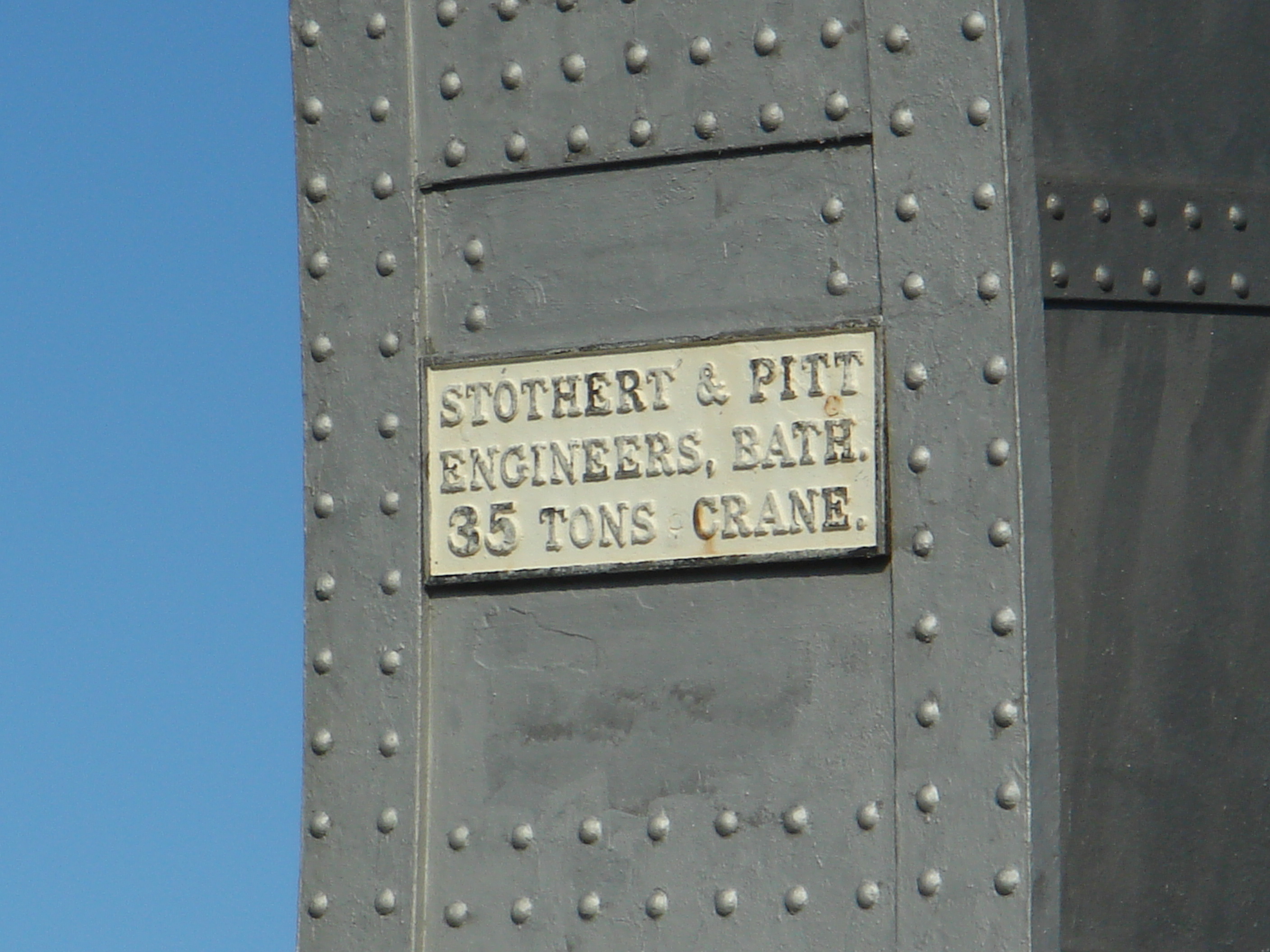|
Westmoreland Road Goods Yard
Westmoreland Road goods yard was the main Great Western Railway goods station for the city of Bath in England, situated on the main line between the passenger stations of Oldfield Park and Bath (now Bath Spa). It took its name from Westmoreland Road, by which it stood. The official name of the station is uncertain. Railway historian Colin G. Maggs variously used Westmoreland Goods Yard, Westmoreland Road goods yard and Westmoreland Yard goods depot in his book covering this part of the Great Western Railway line. The goods depot was opened in 1877, freeing space at the constrained Bath Spa station site. A small engine shed was also moved from Bath Spa to Westmoreland in 1880. The goods depot was located on the up side of the line, fronting onto the Lower Bristol Road, opposite the Newark Works of crane makers Stothert & Pitt. Further west on the down side towards Oldfield Park railway station, on the other side of Westmoreland Road, was located a goods loop and four sidin ... [...More Info...] [...Related Items...] OR: [Wikipedia] [Google] [Baidu] |
Bath, Somerset
Bath () is a city in the Bath and North East Somerset unitary area in the county of Somerset, England, known for and named after its Roman-built baths. At the 2021 Census, the population was 101,557. Bath is in the valley of the River Avon, west of London and southeast of Bristol. The city became a World Heritage Site in 1987, and was later added to the transnational World Heritage Site known as the "Great Spa Towns of Europe" in 2021. Bath is also the largest city and settlement in Somerset. The city became a spa with the Latin name ' ("the waters of Sulis") 60 AD when the Romans built baths and a temple in the valley of the River Avon, although hot springs were known even before then. Bath Abbey was founded in the 7th century and became a religious centre; the building was rebuilt in the 12th and 16th centuries. In the 17th century, claims were made for the curative properties of water from the springs, and Bath became popular as a spa town in the Georgian era. ... [...More Info...] [...Related Items...] OR: [Wikipedia] [Google] [Baidu] |
Wild West Shows
Wild West shows were traveling vaudeville performances in the United States and Europe that existed around 1870–1920. The shows began as theatrical stage productions and evolved into open-air shows that depicted romanticized stereotypes of cowboys, Plains Indians, army scouts, outlaws, and wild animals that existed in the American West. While some of the storylines and characters were based on historical events, others were fictional or sensationalized. American Indians in particular were portrayed in a sensationalistic and exploitative manner. The shows introduced many western performers and personalities, and romanticized the American frontier, to a wide audience. History In the 19th century, following the American Civil War, stories and inexpensive dime novels depicting the American West and frontier life were becoming common. In 1869, author Ned Buntline wrote a novel about the buffalo hunter, U.S. Army scout, and guide William F. Buffalo Bill Cody called ''Buffalo Bi ... [...More Info...] [...Related Items...] OR: [Wikipedia] [Google] [Baidu] |
Great Western Main Line
The Great Western Main Line (GWML) is a main line railway in England that runs westwards from London Paddington to . It connects to other main lines such as those from Reading to Penzance and Swindon to Swansea. Opened in 1841, it was the original route of the first Great Western Railway which was merged into the Western Region of British Railways in 1948. It is now a part of the national rail system managed by Network Rail with the majority of passenger services provided by the current Great Western Railway franchise. The line has recently been electrified along most of its length. The eastern section from Paddington to was electrified in 1998. Work to electrify the remainder of the route started in 2011 with an initial aim to complete the work all the way to Bristol by 2016, but in that year the section through Bath to Bristol Temple Meads was deferred with no date set for completion because costs had tripled. History The line was built by the Great Western Railway ... [...More Info...] [...Related Items...] OR: [Wikipedia] [Google] [Baidu] |
Widcombe
Widcombe is a district of Bath, England, immediately south-east of the city centre, across the River Avon. The electoral ward was merged with Lyncombe at the boundary changes effected at the elections held on 2 May 2019; the two places have historically been connected (refer to the Lyncombe article). History Widcombe was part of the hundred of Bath Forum. In 1877 Halfpenny Bridge, a pedestrian toll bridge, across the River Avon from Bath Spa railway station to Widcombe collapsed with the loss of about 10 lives amongst a large crowd going to the Bath and West Agricultural show. Architecture Widcombe Parade is a commercial street lined with a mix of Georgian and Victorian buildings located near the Halfpenny Bridge, with buildings dating back as far as 1750. The area has been through many changes over the years, altered to improve traffic movement, removing an entire row of terraced houses at the west end of Widcombe Parade with the development of Rossiter Road as part of the ... [...More Info...] [...Related Items...] OR: [Wikipedia] [Google] [Baidu] |
Avonmouth
Avonmouth is a port and outer suburb of Bristol, England, facing two rivers: the reinforced north bank of the final stage of the Avon which rises at sources in Wiltshire, Gloucestershire and Somerset; and the eastern shore of the Severn Estuary. Strategically the area has been and remains an important part of the region's maritime economy particularly for larger vessels for the unloading and exporting of heavier goods as well as in industry including warehousing, light industry, electrical power and sanitation. The area contains a junction of and is connected to the south by the M5 motorway and other roads, railway tracks and paths to the north, south-east and east. The council ward of Avonmouth and Lawrence Weston is as drawn a simplified name as it includes Shirehampton and the western end of Lawrence Weston. Geography Avonmouth is approximately rectangular, its length favouring the Severn shore and sits on the same bank as the city centre from which it lies west-north- ... [...More Info...] [...Related Items...] OR: [Wikipedia] [Google] [Baidu] |
Calvert Railway Station
Calvert was a railway station at Calvert, Buckinghamshire on the former Great Central Main Line between Manchester Piccadilly and London Marylebone. The station was opened in 1899 and closed to passengers in 1963 and goods in 1964. History Calvert was the last station on the Great Central's London Extension before it reached the Metropolitan's station at Quainton Road away. The station and line between Brackley and Quainton Junction were constructed by Walter Scott and Company of Newcastle upon Tyne. Although the station was named Calvert, no such place existed at the time and the name was that of the local landowner, Sir Harry Verney, who had been born a Calvert but changed his name upon succeeding to the Verney Baronetcy. At the time, Calvert was a very rural settlement with the few houses making up the village being situated close to the station and nearby brickworks, which was the largest employer in the area. In Great Central style, the station had a single island ... [...More Info...] [...Related Items...] OR: [Wikipedia] [Google] [Baidu] |
Avon County Council
Avon County Council was the county council of the non-metropolitan county of Avon in south west England. It came into its powers on 1 April 1974 and was abolished on 1 April 1996 at the same time as the county. The county council was based at Avon House in Bristol. It was replaced with four authorities: Bristol City Council, South Gloucestershire Council, North Somerset Council and Bath and North East Somerset Council. Political control Since the first election to the council in 1973 political control of the council had been held by the following parties: Council elections * 1973 Avon County Council election * 1977 Avon County Council election * 1981 Avon County Council election (new ward boundaries) * 1985 Avon County Council election * 1989 Avon County Council election * 1993 Avon County Council election County result maps File:Avon County wards 1993.png, 1993 results map File:Avon County wards 1989.png, 1989 results map File:Avon County wards 1985.png, 1985 results map Fi ... [...More Info...] [...Related Items...] OR: [Wikipedia] [Google] [Baidu] |
Signal Box
In signal processing, a signal is a function that conveys information about a phenomenon. Any quantity that can vary over space or time can be used as a signal to share messages between observers. The ''IEEE Transactions on Signal Processing'' includes audio, video, speech, image, sonar, and radar as examples of signal. A signal may also be defined as observable change in a quantity over space or time (a time series), even if it does not carry information. In nature, signals can be actions done by an organism to alert other organisms, ranging from the release of plant chemicals to warn nearby plants of a predator, to sounds or motions made by animals to alert other animals of food. Signaling occurs in all organisms even at cellular levels, with cell signaling. Signaling theory, in evolutionary biology, proposes that a substantial driver for evolution is the ability of animals to communicate with each other by developing ways of signaling. In human engineering, signals are typi ... [...More Info...] [...Related Items...] OR: [Wikipedia] [Google] [Baidu] |
Bath Blitz
The term Bath Blitz refers to the air raids by the German ''Luftwaffe'' on the British city of Bath, Somerset, during World War II. The city was bombed in April 1942 as part of the so-called "Baedeker raids", in which targets were chosen for their cultural and historical, rather than their strategic or military, value. Background Bath was subject to numerous air raid warnings during the Blitz, the German night bombing offensive against Britain's cities, as raiders flew overhead on their way to nearby Bristol which was bombed severely throughout the period, and several bombs fell on Bath during 1940 and 1941. However, the city remained largely untouched until April 1942 and the start of the Baedeker Blitz, mounted in response to a step-change in the effectiveness of the RAF's bombing offensive in March 1942 which resulted in the destruction of the city of Lübeck. The Blitz Over the weekend of 25–27 April 1942, Bath suffered three raids, from 80 ''Luftwaffe'' aircraft which ... [...More Info...] [...Related Items...] OR: [Wikipedia] [Google] [Baidu] |
Bath Racecourse
Bath Racecourse is a thoroughbred horse racing venue on Lansdown Hill, about northeast of Bath, Somerset, England. It is owned and operated by Arena Racing Company. The racecourse is a left-handed oval track of 1 mile 4 furlongs and 25 yards, with a run-in of nearly half-a-mile.''British Racing and Racecourses'' () by Marion Rose Halpenny - Page 77 The home straight is 4 furlongs, with a steady rise and turn. It is the highest flat racecourse in the country and has no watering facility, so the going can become very firm during a dry summer. At above sea level, Bath is Britain's highest flat racecourse, although National Hunt courses Hexham and Exeter are higher. History Racing was first recorded at Bath in 1728. In 1811, the first major meet at Bath Racecourse was held, under the auspices of a local family, the Blathwayts. Originally there was just one meet a year at the course, lasting for two days, but gradually over the years, the number of meets increased to its present ... [...More Info...] [...Related Items...] OR: [Wikipedia] [Google] [Baidu] |
Bath And West Show
The Royal Bath and West is an agricultural show for the West of England. Held every year at its permanent show ground near Shepton Mallet, Somerset, it is one of a number of County shows in the United Kingdom and is a four-day show. In 2009 and 2010 it attracted over 155,000 people. Background The Royal Bath and West Show is organised and run by the Royal Bath and West of England Society. It was founded in 1777 in Bath, Somerset, Bath by a group of philanthropists led by Edmund Rack, and is now a registered charity organisation (1039397). The Society was formed with the aims of encouraging agriculture, arts, manufacture and commerce. The show The annual show was initiated at Taunton in 1852 and was originally peripatetic. It was held on Durdham Down in Bristol in 1886 and again in 1921. Latterly it was held in Bath in 1912 and 1927. Exeter's Whipton Barton Exhibition Fields hosted the show in 1909 and 1954. The Royal Bath & West Show aims to celebrate all aspects of farming ... [...More Info...] [...Related Items...] OR: [Wikipedia] [Google] [Baidu] |
Stothert & Pitt
Stothert & Pitt was a British engineering company founded in 1855 in Bath, England. It was the builder of various engineering products ranging from Dock cranes to construction plant and household cast iron items. It went out of business in 1989. The name and intellectual property became part of Clarke Chapman. History George Stothert (n.b. early on the name is sometimes rendered as Stoddard or Stodhert) moved to Bath in 1785 having taken over Thomas Harris's ironmonger's business. He was an agent for Abraham Darby I's Coalbrookdale Iron Company, selling all types of domestic ironmongery. By 1815 they set up their own foundry as Abraham Darby had opened his own warehouse in Bristol. The company was now managed by his son, also George. In 1851 they exhibited a hand crane at the Great Exhibition. In 1837, Henry Stothert, brother of the younger George, set up an ironworks in Bristol, first as ''Henry Stothert & Co.'', then, joined by Edward Slaughter, Stothert, Slaughter & Co. ... [...More Info...] [...Related Items...] OR: [Wikipedia] [Google] [Baidu] |







